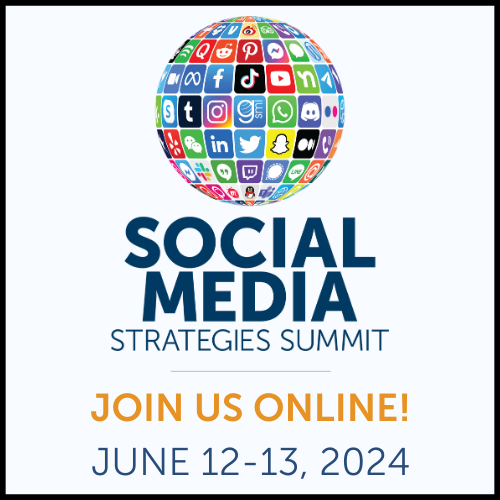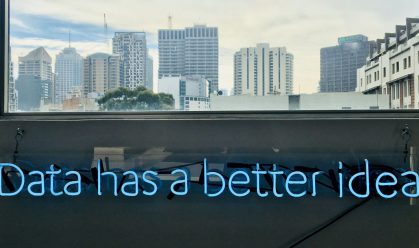Influencer programs are a shed load of work.
Part of what makes them more complex compared to other marketing tactics is the same thing that makes them interesting and effective: human relationships. It’s this factor, the human factor, that leads marketers to feel unsure about how they can evaluate an influencer program’s success relative to the business goals they are working towards.
So let’s talk about that. How do we know if we’re doing a good job?
In the age of booming and widely available MarTech tools, we have access to more data than ever to evaluate the performance of our marketing strategies. But all the data in the world won’t help you if you don’t know what you’re measuring and why. Influencer marketing is no different.
Let’s break down five important Key Performance Indicators (KPIs) that will help you measure and understand the efficacy of your influencer program within the context of your overarching marketing goals.
1. Brand Awareness
- How It’s Measured: Potential reach based on an influencer’s audience size, paid impressions, and/or website traffic.
- Why It Matters: You can’t build relationships with or sell to customers if they don’t know who you are. Establishing and increasing brand awareness is essential to reaching other goals such as engagement and conversion.
- When It’s Misleading: Awareness is only a powerful KPI when your content is reaching the right people. It’s important to not only measure volume increase but the relevance of the people being reached.
2. Audience Growth
- How It’s Measured: New social followers (on one or more of your brand channels) and/or email sign-ups.
- Why It Matters: The more someone sees your brand’s messaging, the more likely you are to remain top-of-mind when it’s time to make a purchase decision.
- When It’s Misleading: An increase in your follower count doesn’t always signify campaign success. Not only should you aim to attract the right followers, but aspire to maintain a regular posting cadence to keep their attention and consistently add value to their feed.
3. Content Engagement
- How It’s Measured: Influencer social post engagements, video views, podcast listens, email and content clicks, and/or website bounce rates and view times.
- Why It Matters: When an influencer’s followers engage with branded content it helps signify that your content and brand are relevant to the audience being reached.
- When It’s Misleading: Some people are so used to liking posts as they scroll through their social feeds that they may be engaging with an influencer out of habit. It’s important to consider a mix of engagement types. For example, clicking through to your website is a more significant engagement than liking the influencer’s post, but seeing a higher view time can be more important than just a link click.
4. Conversions
- How It’s Measured: Direct sales, lead captures and/or event attendance tracked via UTM codes, website tracking pixels, referral code redemptions, and offline event set data.
- Why It Matters: Conversions indicate a direct impact on your bottom line.
- When It’s Misleading: Compared to other digital outlets, social media doesn’t always clearly indicate direct attributions. Taking multi-point attribution models into consideration will help give a better view of a campaign’s or a specific influencer’s success.
5. Brand Advocacy
- How It’s Measured: Volume of positive brand mentions on activated social channels, campaign hashtag usage, landing page shares, and/or digital share of voice (percentage of your brand’s online conversation compared to competitors based on social listening).
- Why It Matters: Contracted influencer content may be more authentic than brand-shared content, but nothing outranks the authenticity of organic conversation.
- When It’s Misleading: It can be hard to decipher between general conversation and conversation that’s inspired by influencers. Using campaign-specific hashtags and setting attribution periods can help make findings more accurate.
Marketing is measurable, and what’s measured gets managed, improved, and celebrated as a key means for achieving your business goals.
For more information on how to apply action items to achieve your marketing goals, check out our interactive mini-guide for measuring success.
Our team at Social Tribe is passionate about leveraging the newest trends and technology to help enterprise companies get the most out of their social, content, and influencer programs. Interested in learning more about how we can help you plan and navigate your marketing roadmap? Let’s talk!
Megan is a digital marketing expert and the CEO + Founder of Social Tribe, a social engagement agency that builds and delivers leading-edge social, content and influencer programs for enterprise brands. Since opening its doors in 2009, Social Tribe has worked with global businesses such as SAP, Intel, Americas Best Racing and Panera Bread driving measurable business impact and real-world results.
Some other blog resources you might enjoy:
- 7 Must-Know Tips for Effective Influencer Outreach
- 10 Tools to Help You Run a Highly Successful Influencer Marketing Program
Learn more about influencer marketing and social media strategies at one of our upcoming events:









